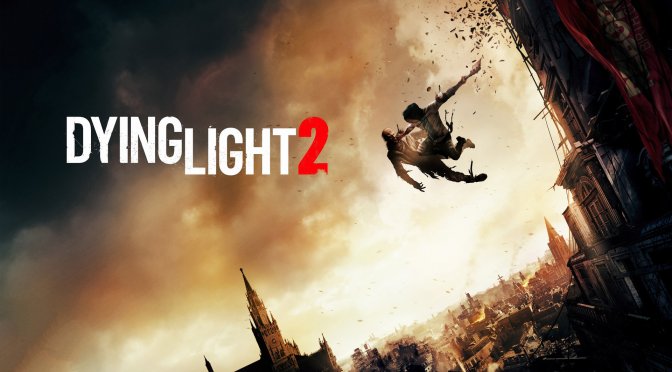Techland has launched a new game mode for Dying Light 2: Stay Human, called Tower Raid, in Open Beta on PC. From now until July 18th, players can explore the new game mode and provide feedback to help shape the future gameplay experience.
Tower Raid aims to offer an action-packed and fast-paced co-op experience. Players will team up to explore floors filled with traps, surprises, and hordes of zombies, each raid presenting a unique set of challenges. Successfully navigating obstacles and reaching the roof to fight the boss will reward players with a variety of valuable rewards, bringing players’ survival skills to the ultimate test. The open beta will feature new content releases each week, ensuring a dynamic and progressing gameplay experience.
At launch, this mode will have 12 floors, 20 modifiers and 5 new levels at Jai’s to progress through and 5 new rewards to unlock. Then, on July 4th, the devs will add a new “Elite Mode” difficulty. In this mode, you’ll have to complete 4 floors against harder enemies and with tactical stamina on. This mode will offer better rewards. Moreover, you can expect 3 new floors, 10 new modifiers and 4 new rewards. Finally, on July 11th, we’ll get 7 new modifiers, 3 new rewards and 2x Jai RP reward for completing Tower Raids.
To access the Tower Raid, players have to unlock the second region on the map, visit Jai, and complete the “Lost Armory” quest, which then opens the Survivor Missions and Tower Raid.
Lastly, you can find below a trailer for this new game mode.
Have fun!

John is the founder and Editor in Chief at DSOGaming. He is a PC gaming fan and highly supports the modding and indie communities. Before creating DSOGaming, John worked on numerous gaming websites. While he is a die-hard PC gamer, his gaming roots can be found on consoles. John loved – and still does – the 16-bit consoles, and considers SNES to be one of the best consoles. Still, the PC platform won him over consoles. That was mainly due to 3DFX and its iconic dedicated 3D accelerator graphics card, Voodoo 2. John has also written a higher degree thesis on the “The Evolution of PC graphics cards.”
Contact: Email

